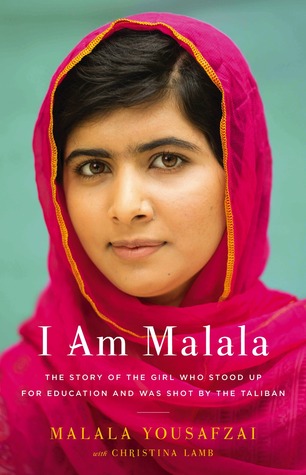 First off, I need to make clear that I don't think I'm the target audience for this book. If I had seen this book while browsing the library or book store, I don't think I would have picked it up; it's just not what I'm usually interested in. However, a friend of mine recommended the book, and then gave me a copy for my daughter to read, so it was a quick read within easy reach.
First off, I need to make clear that I don't think I'm the target audience for this book. If I had seen this book while browsing the library or book store, I don't think I would have picked it up; it's just not what I'm usually interested in. However, a friend of mine recommended the book, and then gave me a copy for my daughter to read, so it was a quick read within easy reach.
This book strikes me as like the "pilot episode" for a series like Charmed or Buffy the Vampire Slayer. I know both TV shows had devoted fans, but I didn't watch either; I didn't dislike them, they just didn't interest me. Both shows - and this book - feature women living in modern times who surprisingly realize they have supernatural powers, which they need to use to defeat evil demons lurking among them. Others in their world don't know of their special abilities or the demons, except for a very limited inner circle. I suspect that if you like that kind of fiction, then this book would be right up your alley!
It took a while for me to get into the book. It felt like there were a lot of random things going on - a science project of dubious merit, a stereotypical "mean girl" (whose role in the book I never did understand...), a best friend who likes languages, Thelma's mom being away, a cafe owner who dabbles in the paranormal. My interest was finally piqued when the big crazy things started happening.
The most sensitive of readers (like me) might not like some of the illustrations or writing - true to its title, this book involves a haunting, with creepy circumstances and scary ghosts and monsters. I do think the author did an impressive job of keeping the tone light, despite the disturbing events surrounding Thelma; regardless of the situation, Thelma always responded and spoke like a "typical" teenager, which made for a good chuckle.








